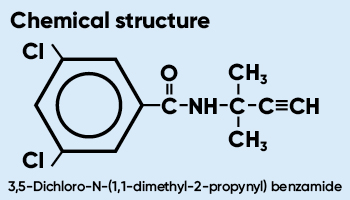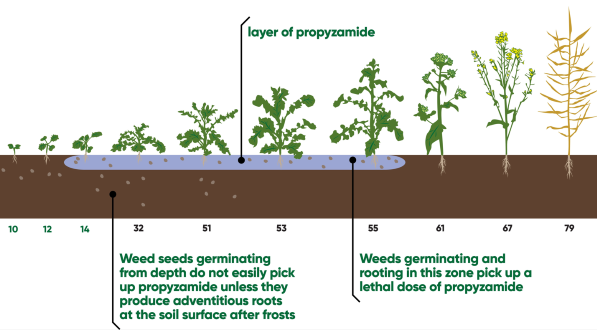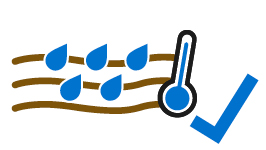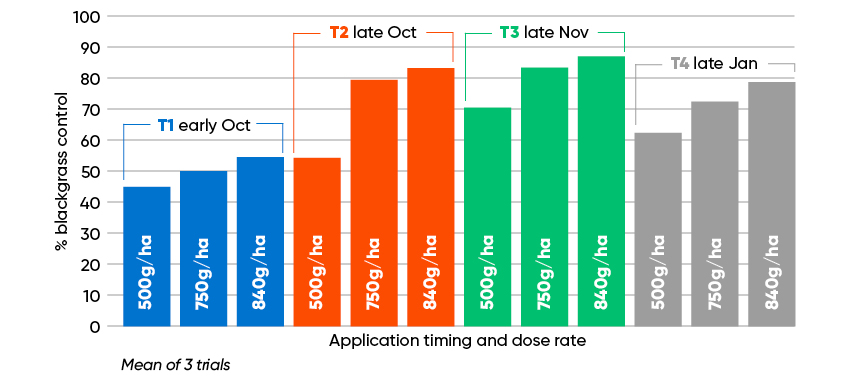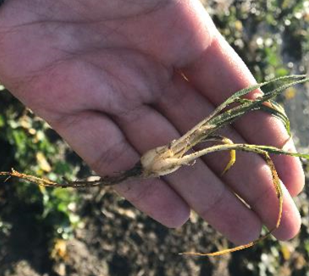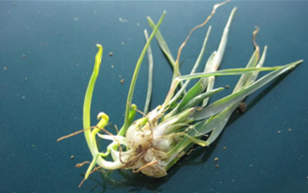Propyzamide Back to Basics

Our Propyzamide Knowledge Hub has been created for oilseed rape growers and advisors. The new materials go back to basics on what propyzamide is, how it works, how to apply it to achieve the best outcome, and practical advice on how to use it responsibly.
What is propyzamide?
Propyzamide is a selective, systemic herbicide for use in oilseed rape. It controls key grass weeds such as blackgrass and ryegrass which are resistant to alternative chemistry.
There is no known resistance in Europe to propyzamide which makes it a key tool to help manage and reduce the burden of these weeds across the rotation.
Renowned herbicides such as Astrokerb® and Kerb® Flo 500 contain propyzamide and are the cornerstones of many herbicide programmes.
- Propyzamide is a selective, systemic, pre-emergence, and/or early post-emergence herbicide used for control of annual and perennial grasses and certain broadleaved weeds.
- It is a soil active systemic herbicide.
- Its major use is in oilseed rape. It can also be used in a number of other crops which you can view by going to the product pages – Kerb Flo®, Kerb Flo 500, Astrokerb
